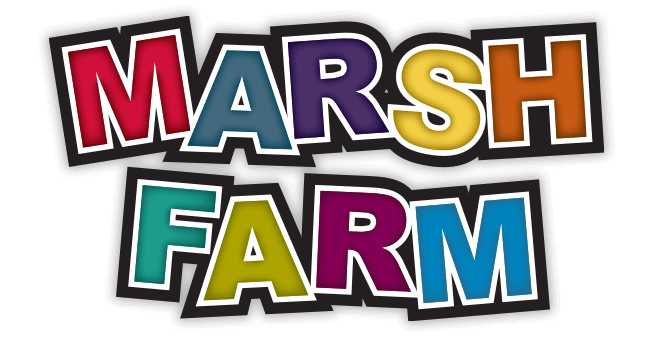

Man has been using these marshes for many thousands of years to hunt and fish. Mesolithic flints can still be found on the pebble beaches on the other side of the seawall, the remains of fire hearths have also been found where the tide is eroding the river bank. We know the landscape was very different in ancient times, the low lying marshes were often under water and above the high water line, thick woods covered the land. In the Doomsday Book, Woodham is spelt Wudeham, which is Anglo Saxon for house in the wood.
In the Bronze and Iron Age, Woodham and the surrounding area had few settlements because the coast land and marshes were hard to cultivate. The first true settlers arrived in Roman times perhaps drawn by the salt marshes to harvest sea salt for trade. Red hills, a by-product of the ancient salt making industry, can still be seen in the area, the name coming from the burnt soil mounds, used to evaporate pans of salt water. These early settlers probably were the first to keep livestock on the marshes, probably something like the small hardy Soay Sheep.
During the Middle Ages, as more small settlements built up, more sheep were being kept on the marshes and moved to higher ground as the winter storms flooded the coastal land, a regular problem all year round with high tides.
In the 15th century, sheep gave way to dairy farming and the introduction of arable crops in areas above the high water line. The produce such as wheat, was ferried around the coast to help feed the growing population of London.
One of the most important changes came in the early 18th century. A sea wall was built around the marshland to prevent the regular flooding. Traces of the old creeks and drainage systems can still be seen in the fields, especially noticeable when looking at aerial photos. It is likely this work was carried out by Dutchmen who had considerable experience both at home and in East Anglia of this type of work. It is indeed likely that the first homestead at Marsh Farm was built by a Dutchman, however no records exist of the type of farming activities at this time, but it is most likely to have been sheep and cattle.
In 1973, Essex County Council decided to build a new town in South Woodham Ferrers, and the farm, by now a dairy farm with some arable, was compulsory purchased. The town was built on land above the 5m contour line, and the arable fields were lost under the new housing.
In April 1984, the farm was opened to the public for the first time. The Visitor Centre, is an original Essex Barn dating back to the 18th Century, and relocated here from South Ockendon. Originally due to have been sited elsewhere on the farm, it now serves as a focal point entrance. During dry spells, differences in the grass colour at the back of the barn, show the foundations of buildings originally planned to have stood in its place, but never completed.
Another land mark of the farm is the original, white painted farm house. Now used as offices, it is thought to be over 300 years old. Roughly hewn tree trunks forming the frame, are still visible inside, along with wattle and daub walls. In the attic space, cockle shells are still to be found, deposited from the great flood of 1953, showing just how high the water reached!
During the last 30 years, Marsh Farm has seen many changes. Buildings have come and gone, the old piggery burnt to the ground, the Cedar Room was built, play areas installed for our younger visitors and a tractor trailer ride for all the family to enjoy. One of the worst moments in Marsh Farms history was the local outbreak of Foot and Mouth in 2001. To help contain the disease most the livestock had to be destroyed, a terribly sad day for staff and visitors alike.
Perhaps the biggest change for the farm came in 2012. Due to the uncertain economic climate of the time, Essex County Council decided a new direction for the farm must be found. Someone was needed to take on the leasehold, to manage the farm and be its custodian, to protect it for the future. On April 1st 2013, James Sinclair owner of the Partyman Company became that person. James is not only a local lad, but when he was 14, would give magic shows in the barn theatre during the summer holidays, never dreaming one day he would be here permanently.
So where will the farm go now? Under James’ leadership more improvements and investment are being made to make Marsh Farm a top class attraction whilst keeping its farming roots, and yes, James can still be found, in the barn theatre, entertaining families with his unique blend of magic and mayhem shows.